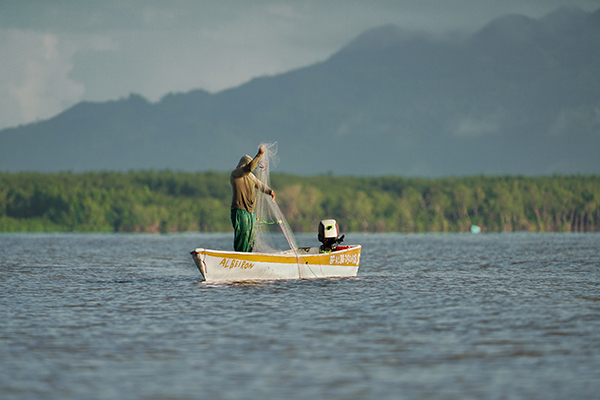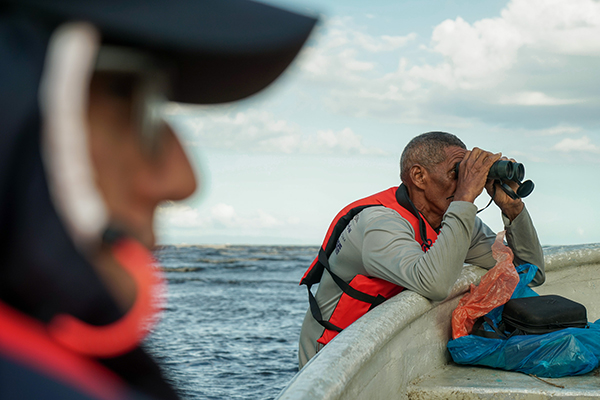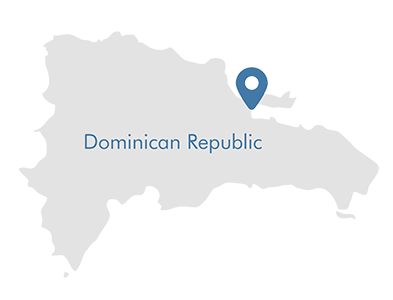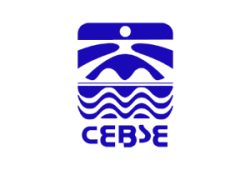DOMINICAN REPUBLIC, CENTRAL AMERICA
Bajo Yuna Mangrove
The Manglares del Bajo Yuna National Park is a large subtropical coastal wetland, with estuarine characteristics, predominance of mangroves, and many watercourses located at the mouth of the Yuna and Barra-cote rivers in the Bay of Samaná in the Dominican Republic. The entire wetland complex covers an area of approximately 110 km².
What makes it special
Bajo Yuna Mangrove National Park is the largest mangrove area in the Dominican Republic.
Protection status
· Ramsar Site 2091, Wetland of International Importance
· National Park - Manglares del Bajo Yuna

Biodiversity
As many islands, the Dominican Republic is home for many endemic species. This is why the area supports several species at risk of extinction, like the Los Bracitos tree frog. The site provides a refuge for seven endemic bird species: Palmchat, Hispaniolan Woodpecker, Broad-billed Tody, Black-crowned Palm-tanager, Hispaniolan Lizard Cuckoo, Palm Crow, and Hispaniolan oriole. The site is closely related to the Samaná bay, an internationally important site for mating and reproduction of the humpback whale.

Threats
The biggest threat is deforestation due to land use changes for agricultural development and livestock farming, as well as unsustainable methods of oyster and crab fishing.

Our Work
CEBSE, “Centro para la Conservación y Eco-Desarrollo de la Bahía de Samaná y su Entorno”, is a Dominican, legally recognised, non-profit organisation based in Santa Barbara de Samaná. CEBSE works closely with Dominican authorities and is networked with national, regional and international nature conservation organisations.
CEBSE’s mission statement is to promote sustainable development with the active participation of social and economic actors, as well as the conservation of biodiversity and the sustainable use of natural and cultural resources. Its work in community development focuses on women’s cooperatives, fishing and the generation of alternative sources of income. On the ecological front, CEBSE is working to improve the management of marine protected areas and national parks in the region and to restore habitats (mangroves, corals, dunes).



